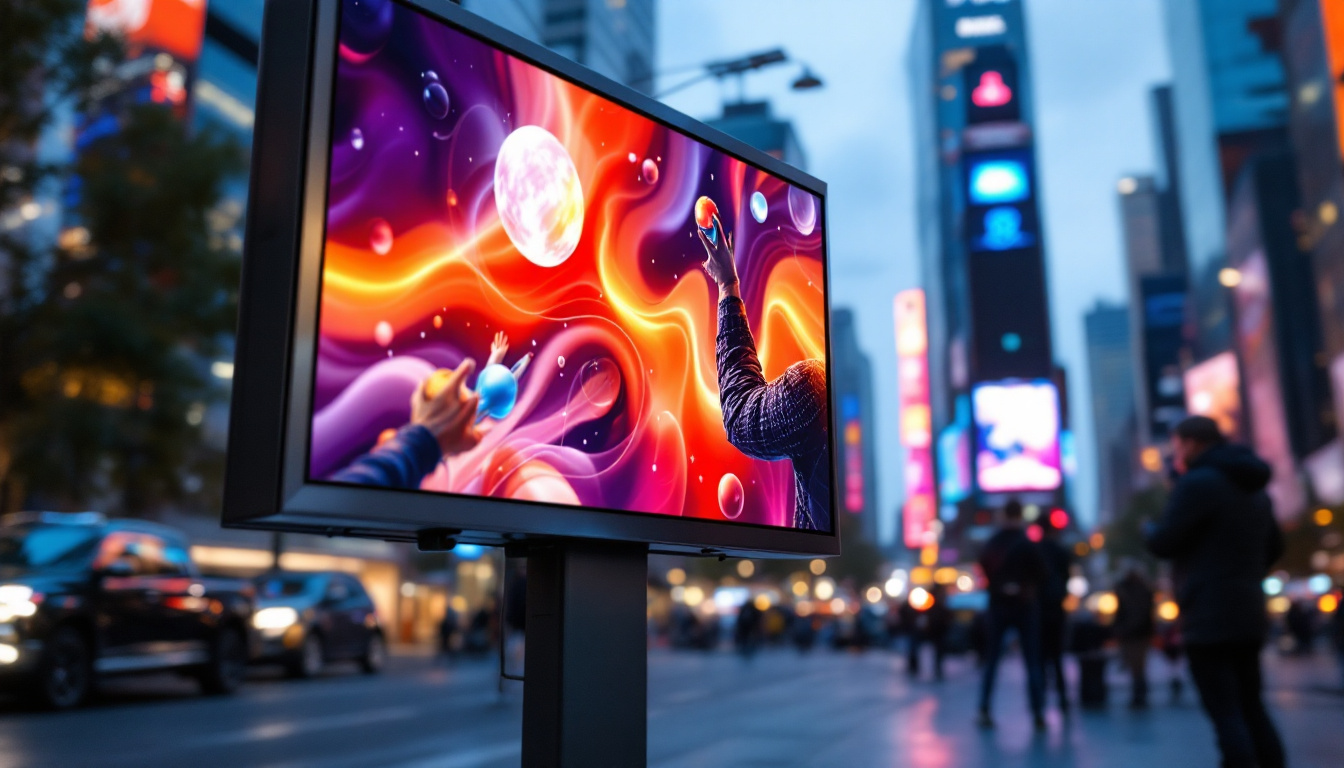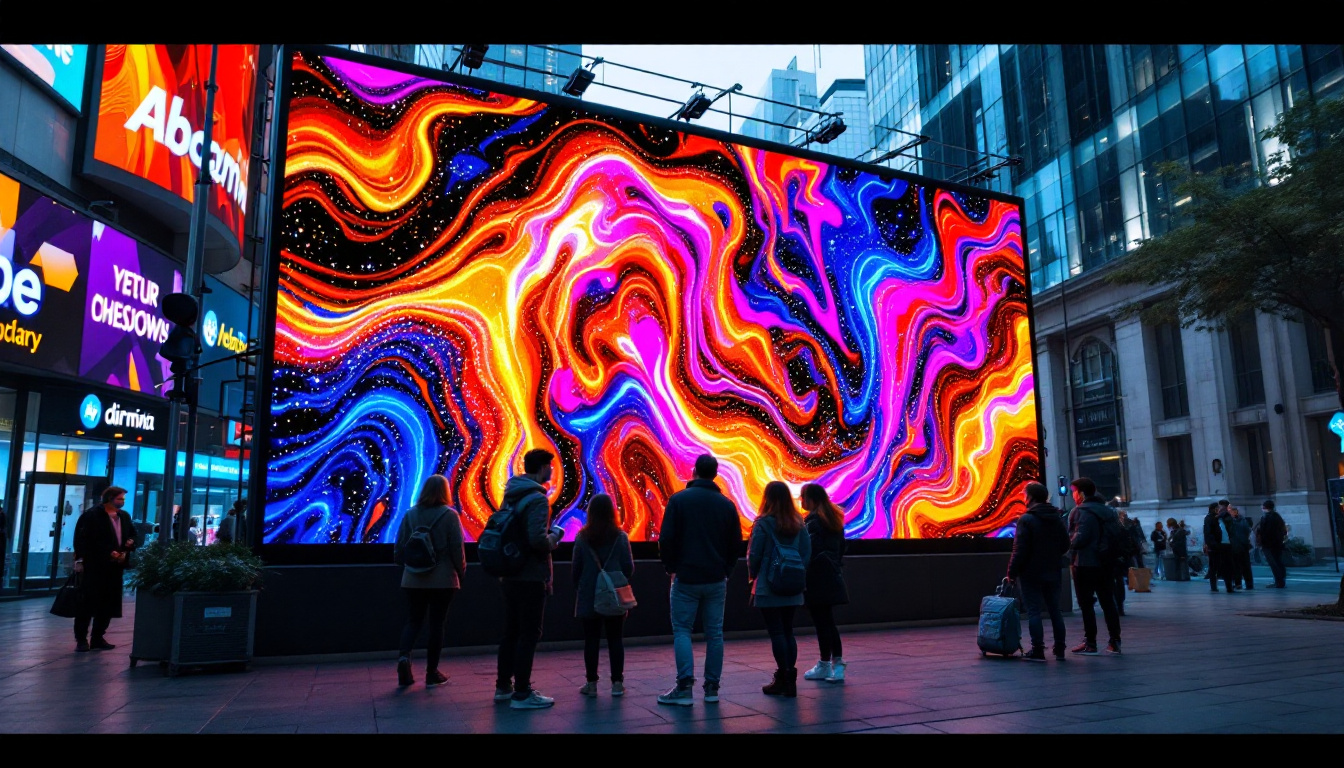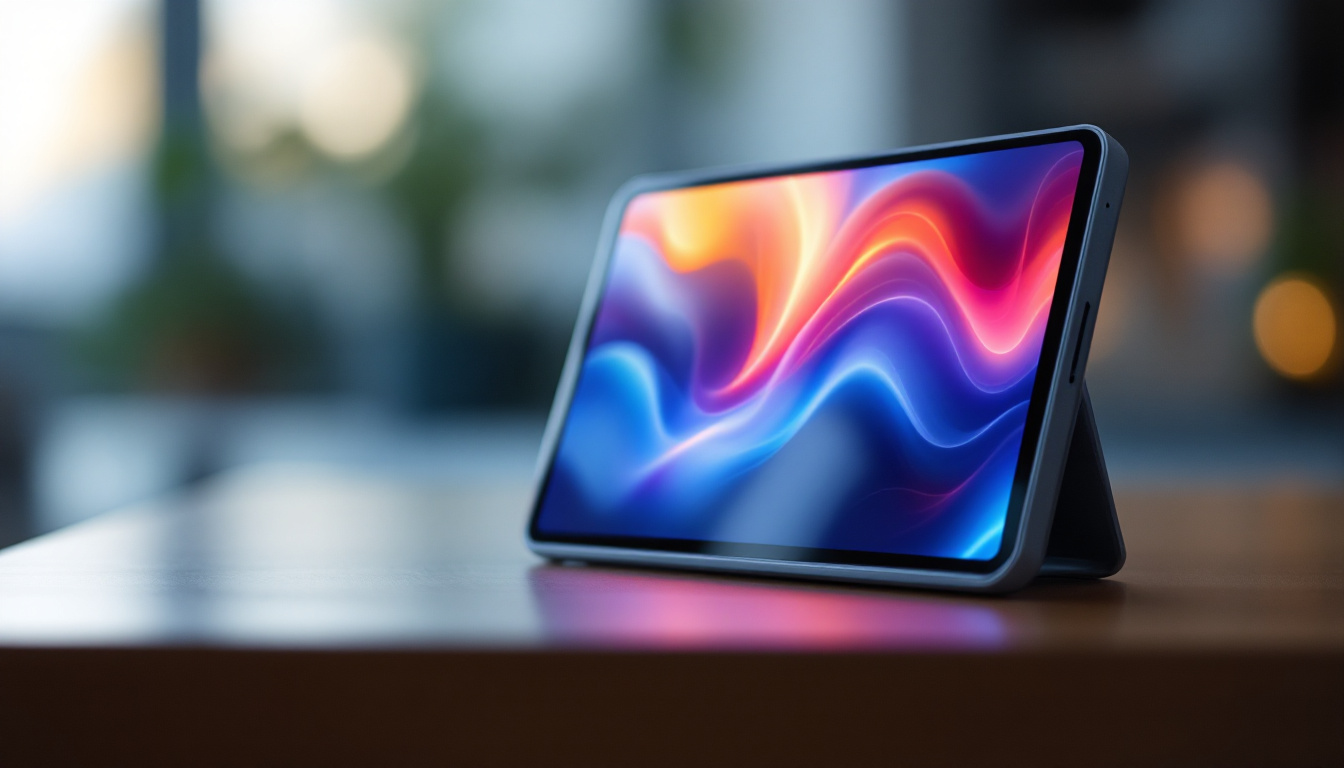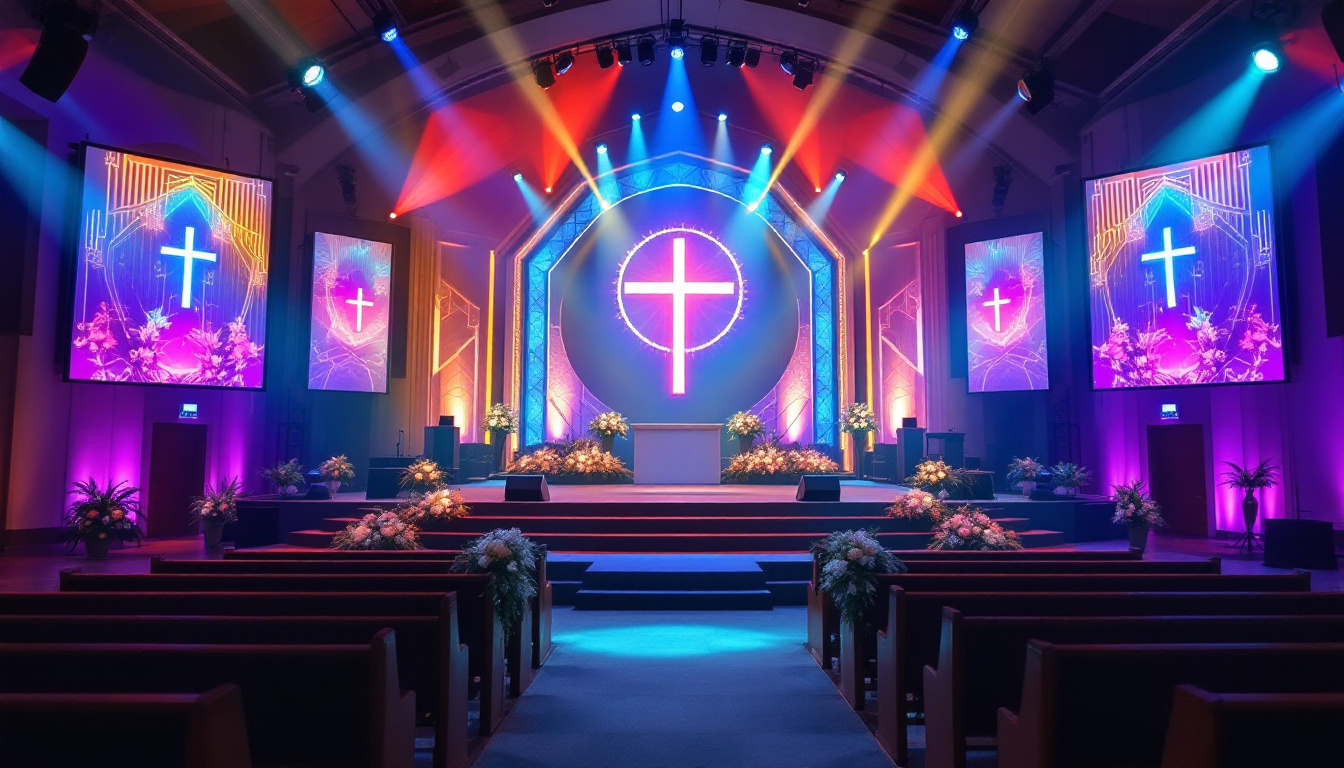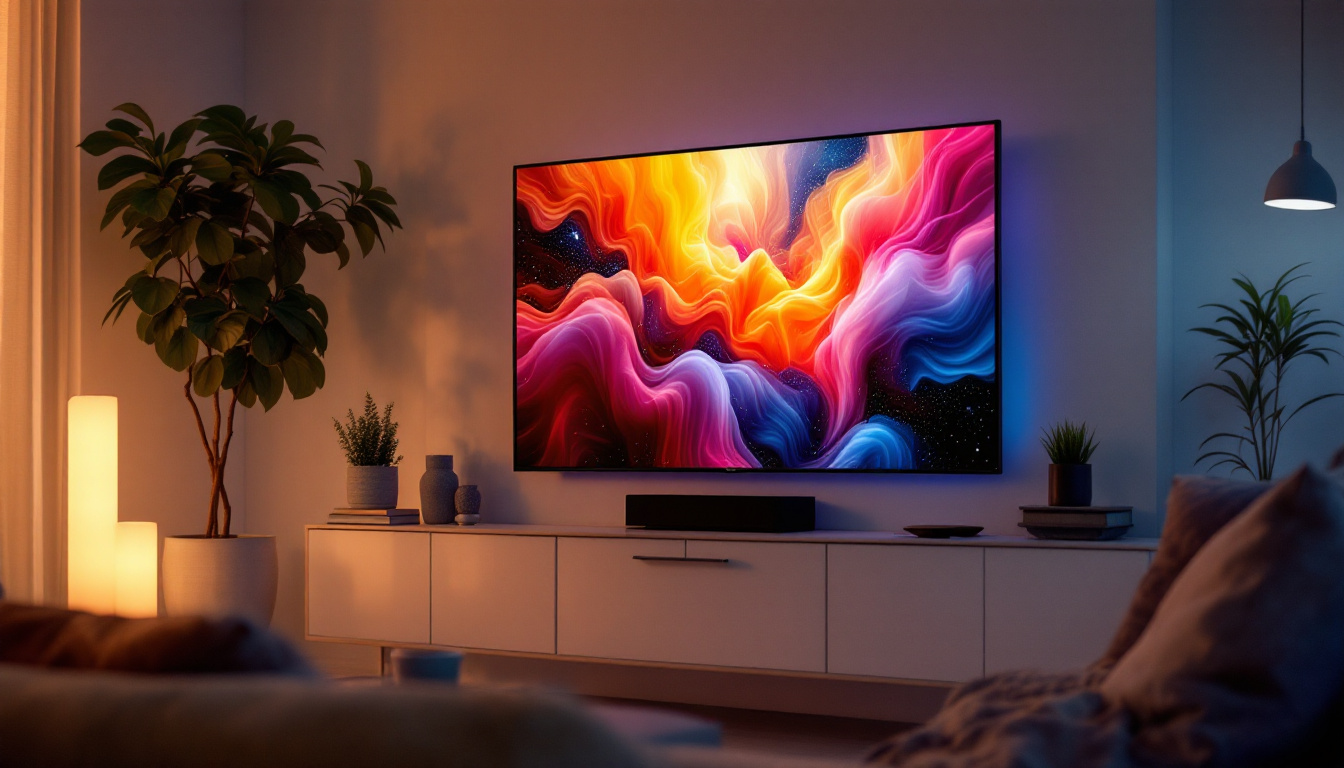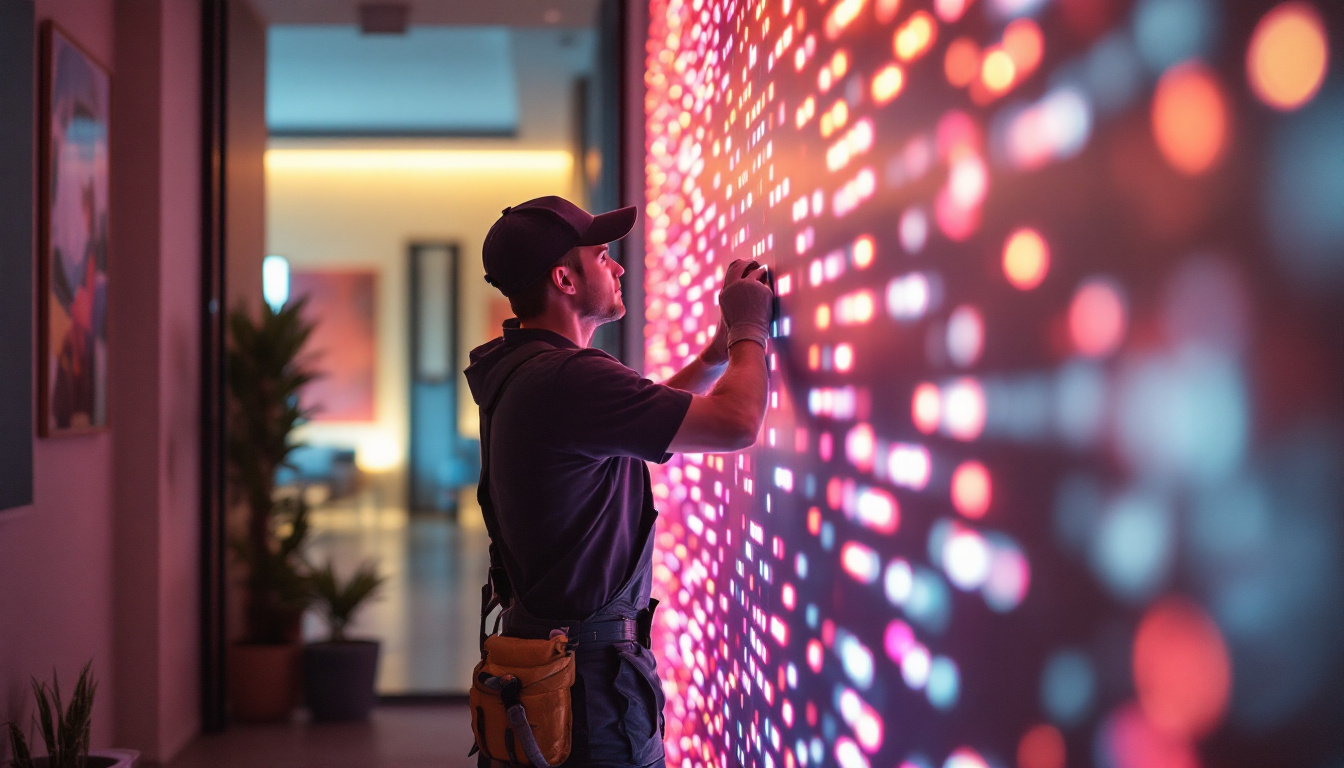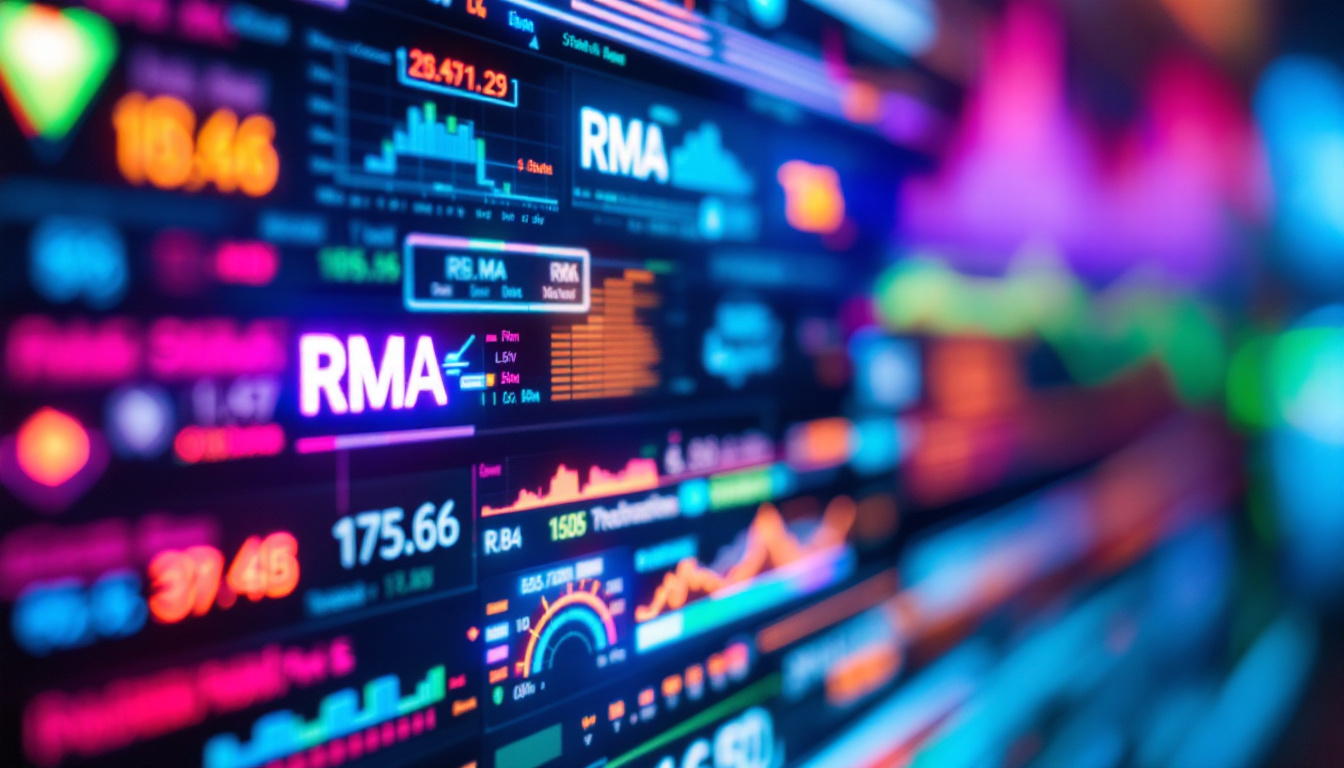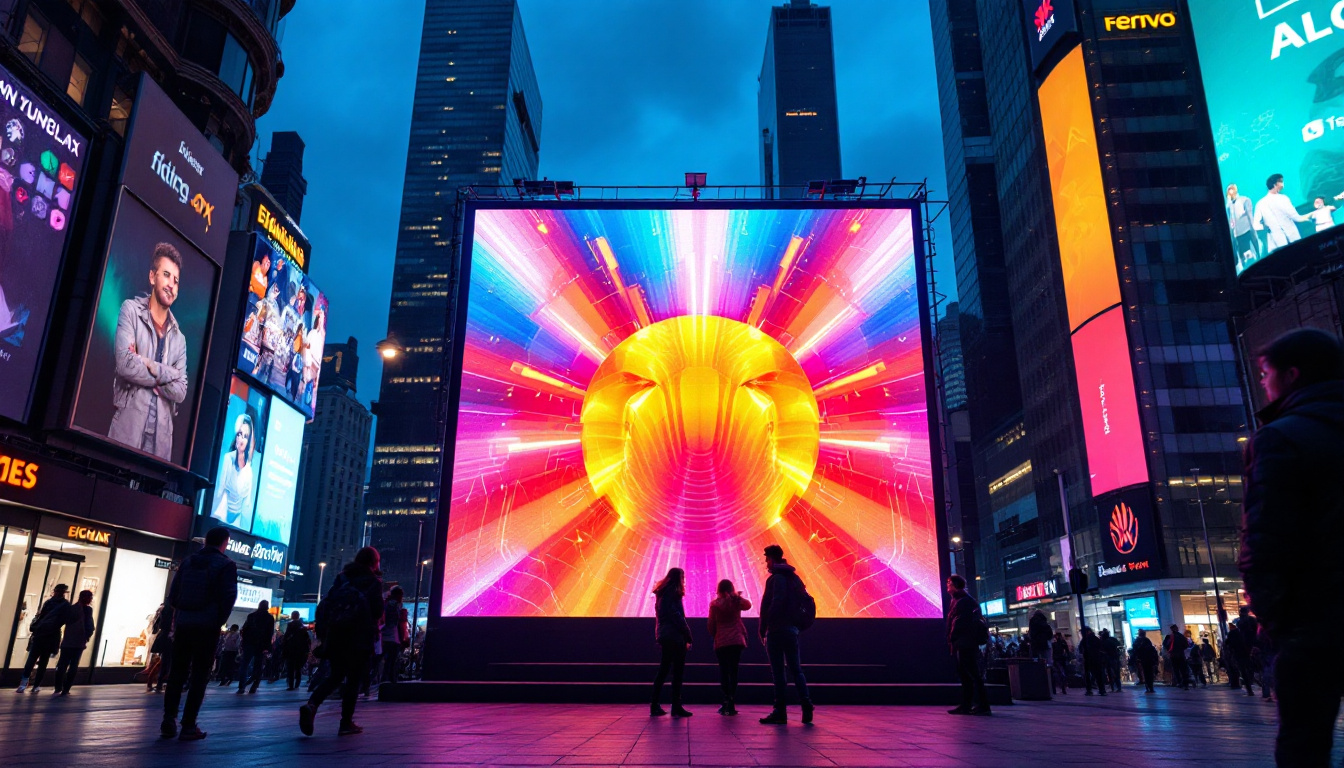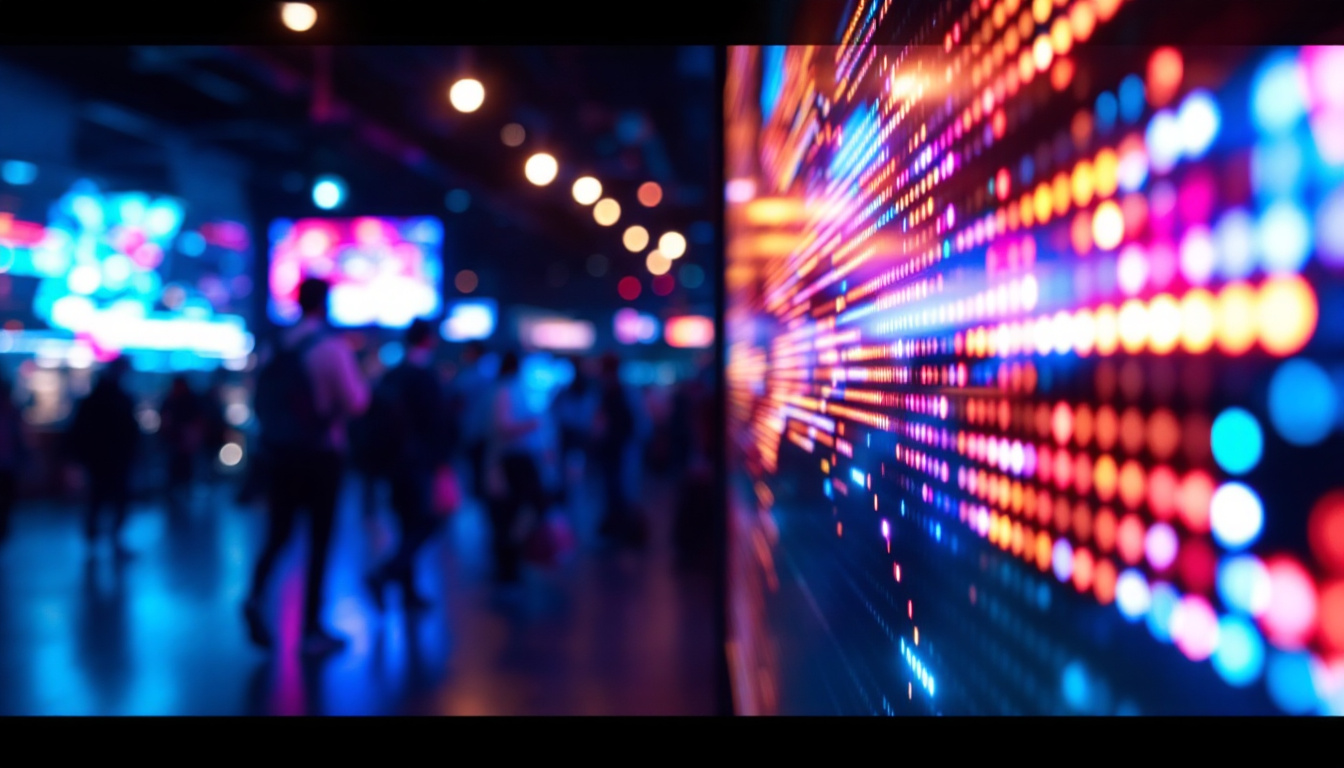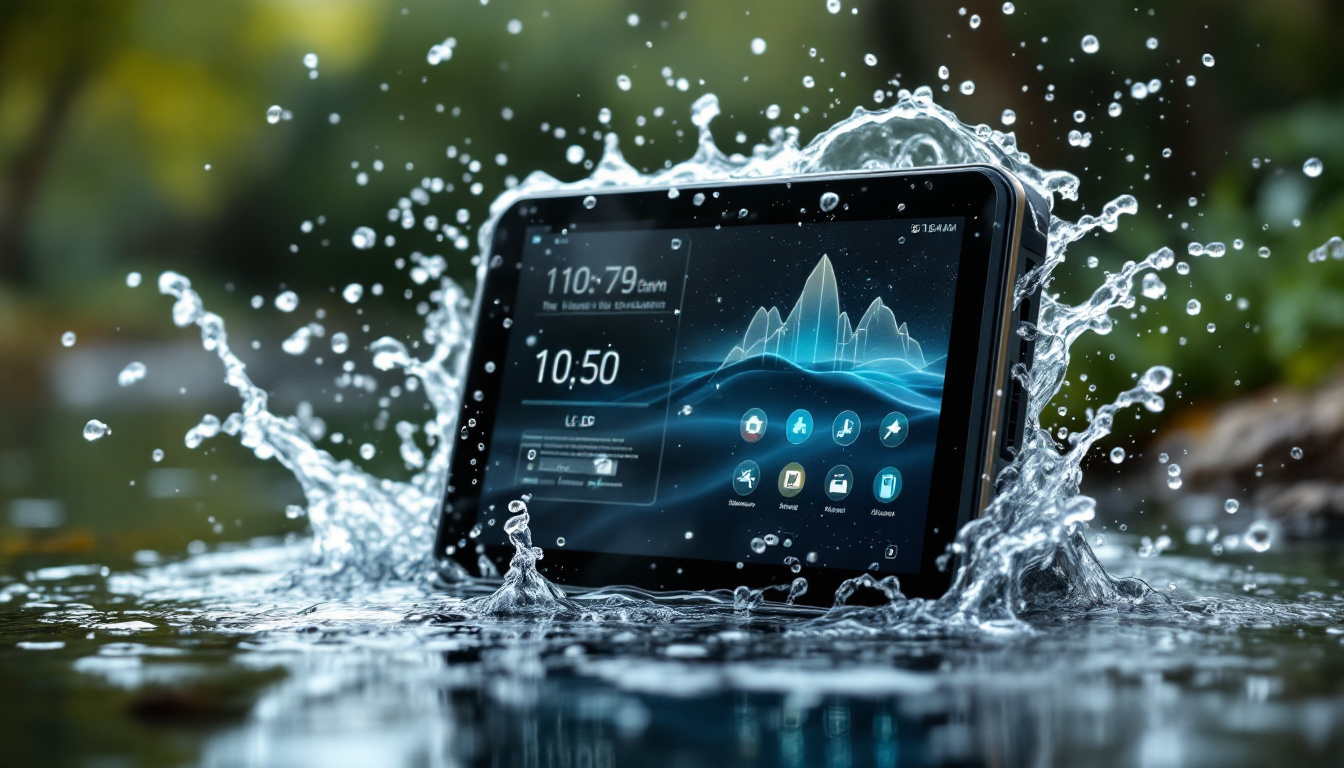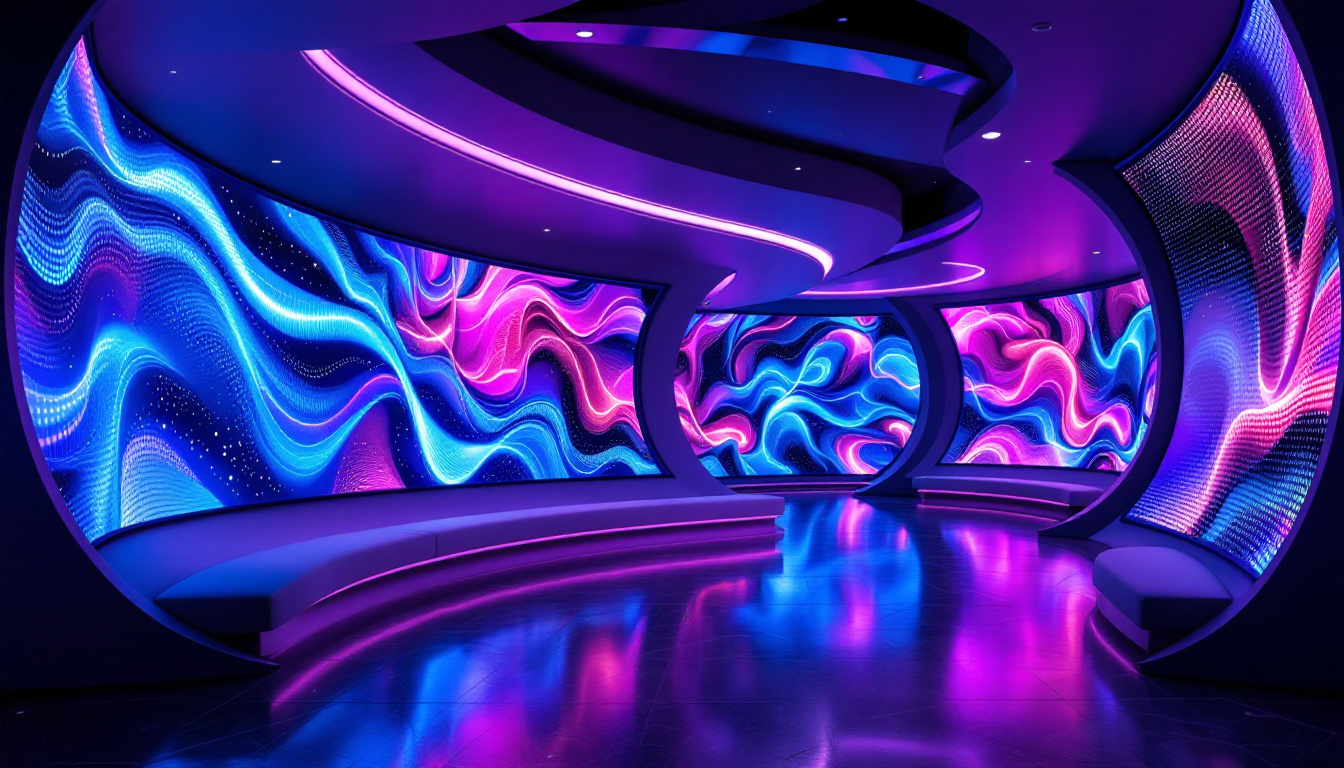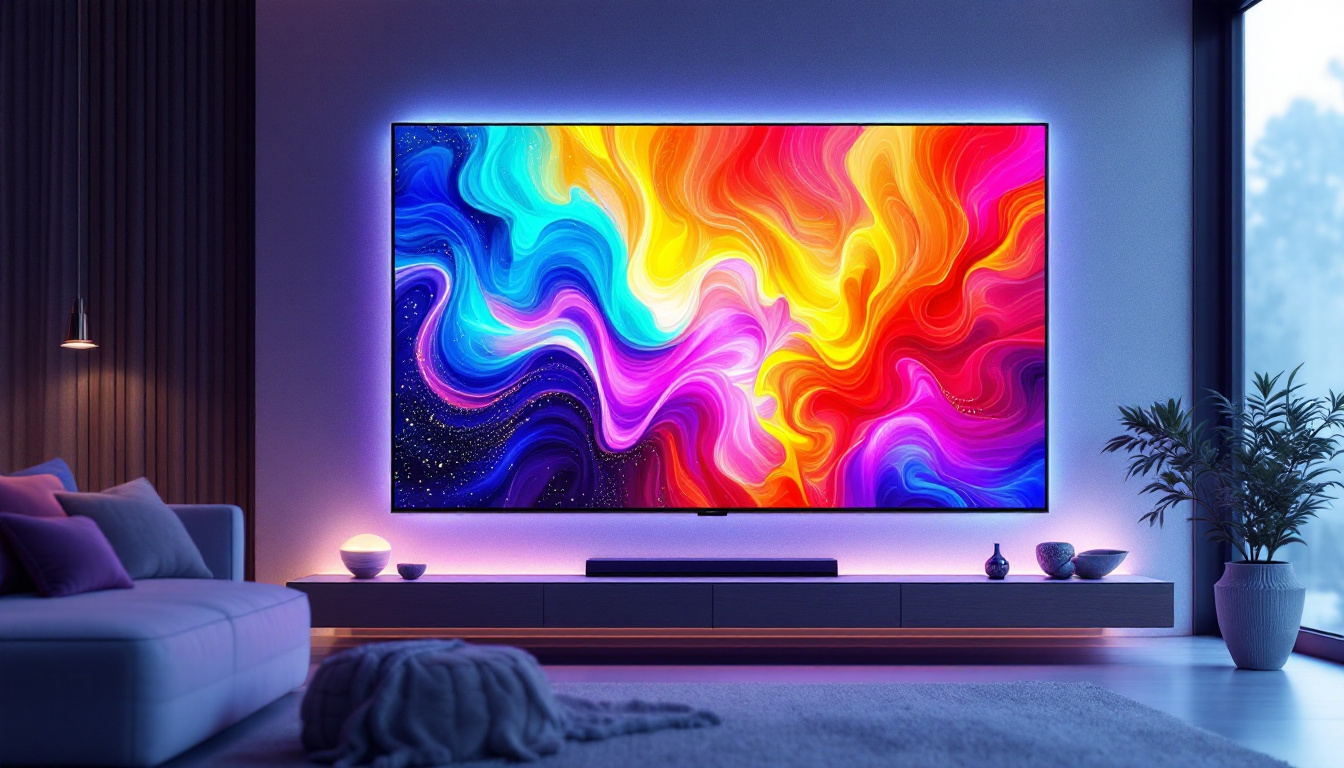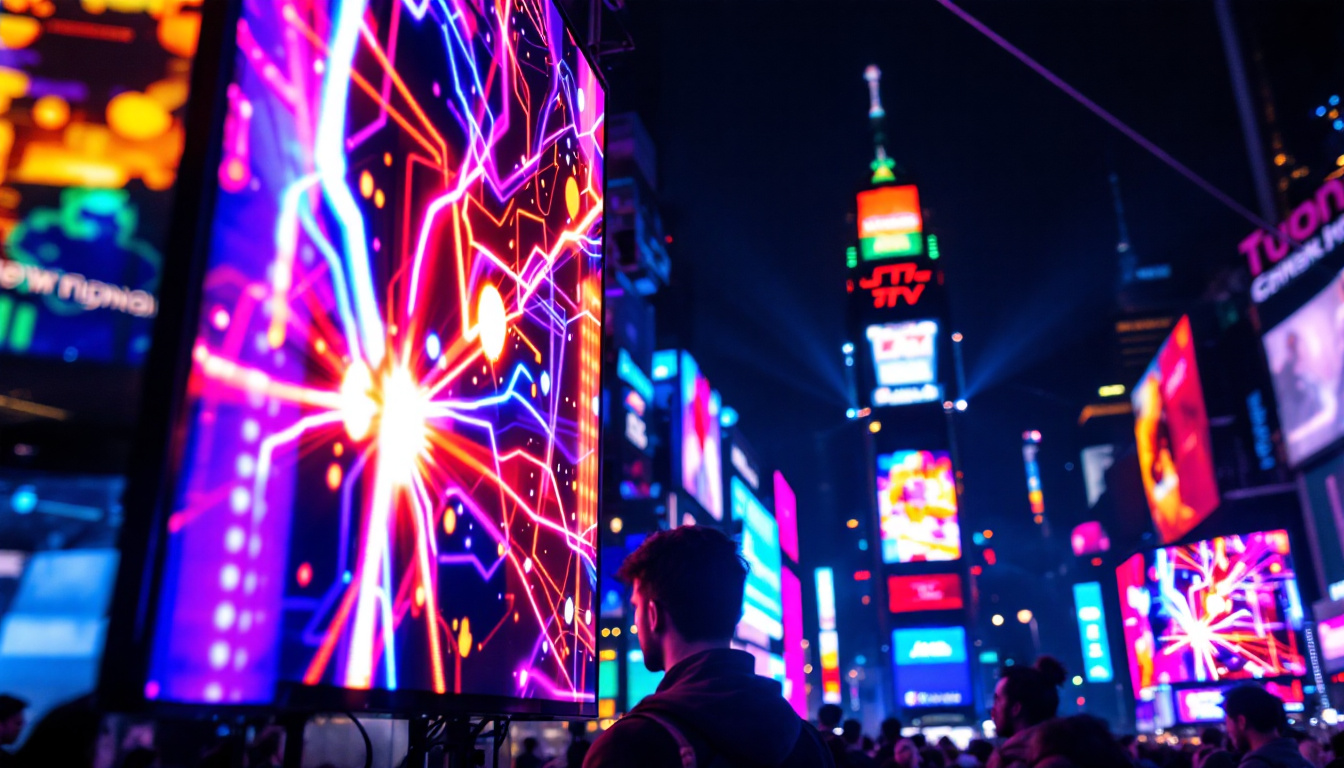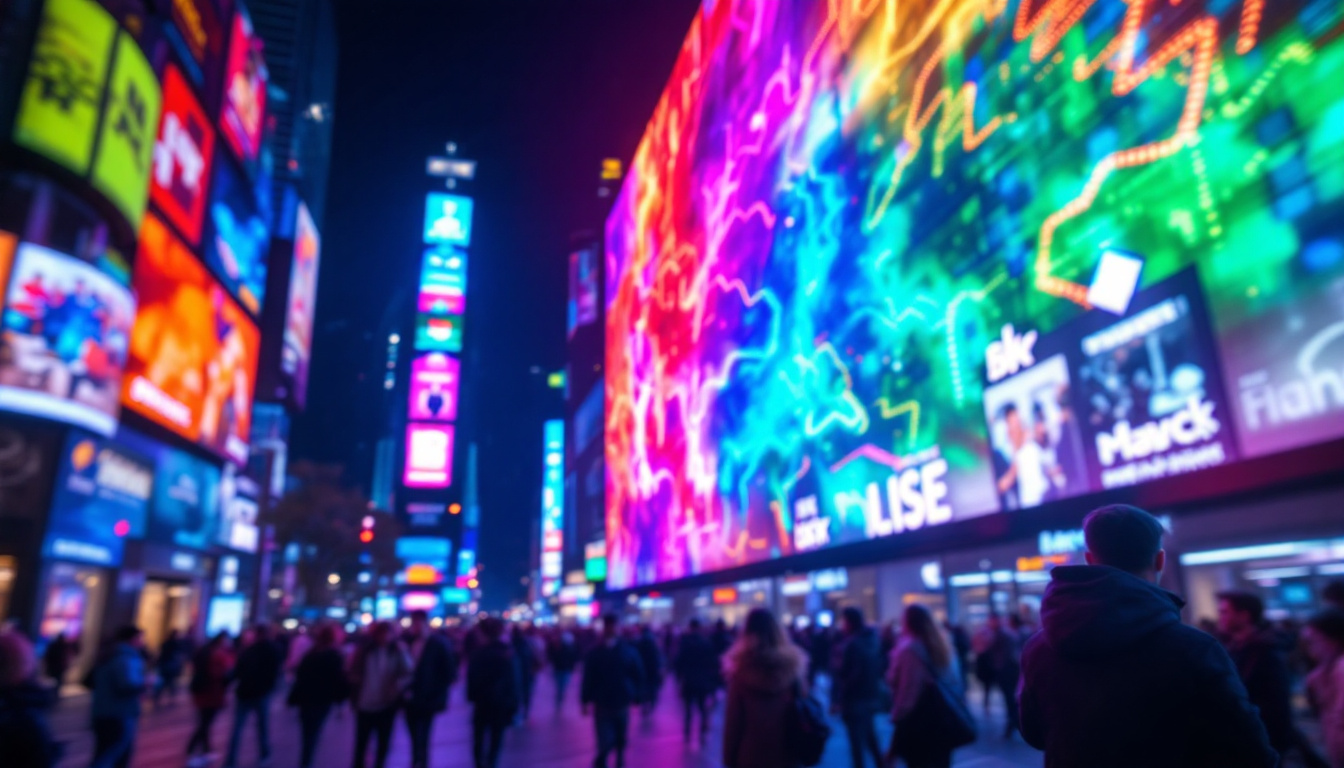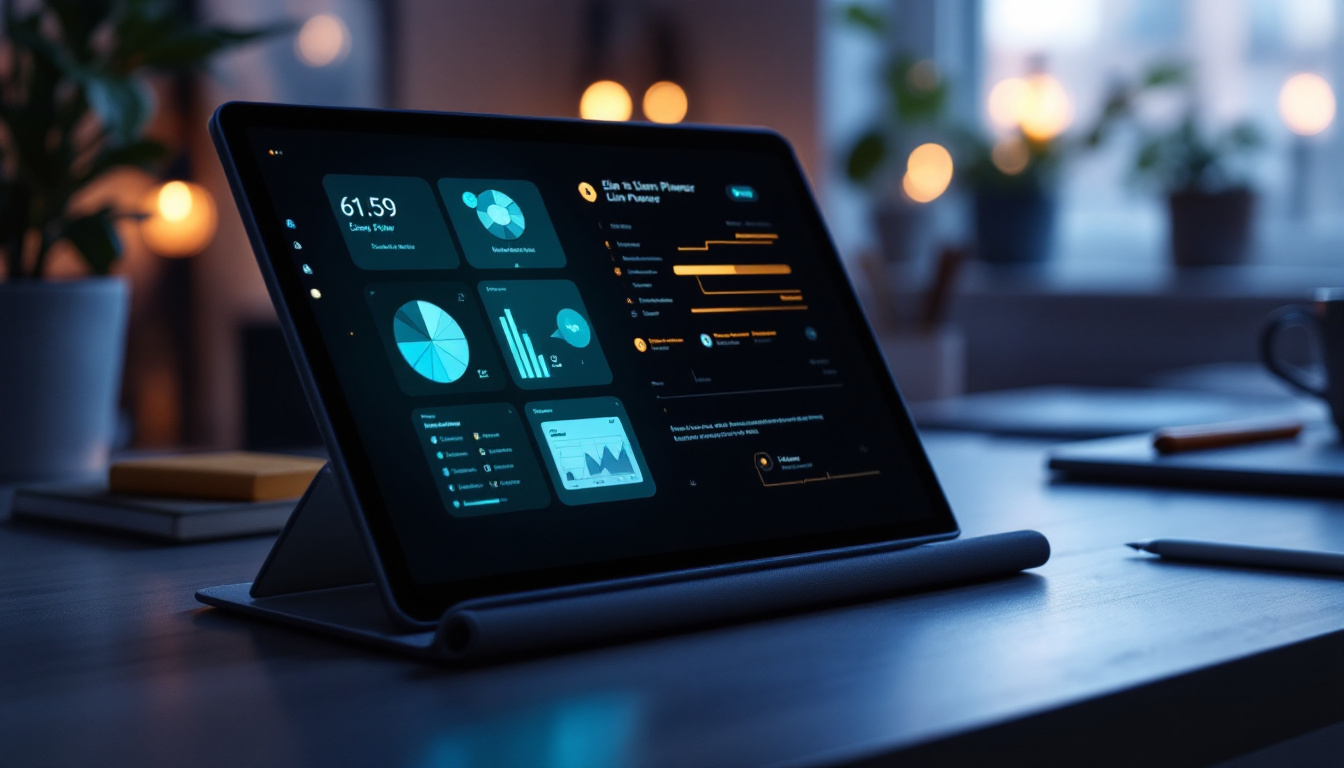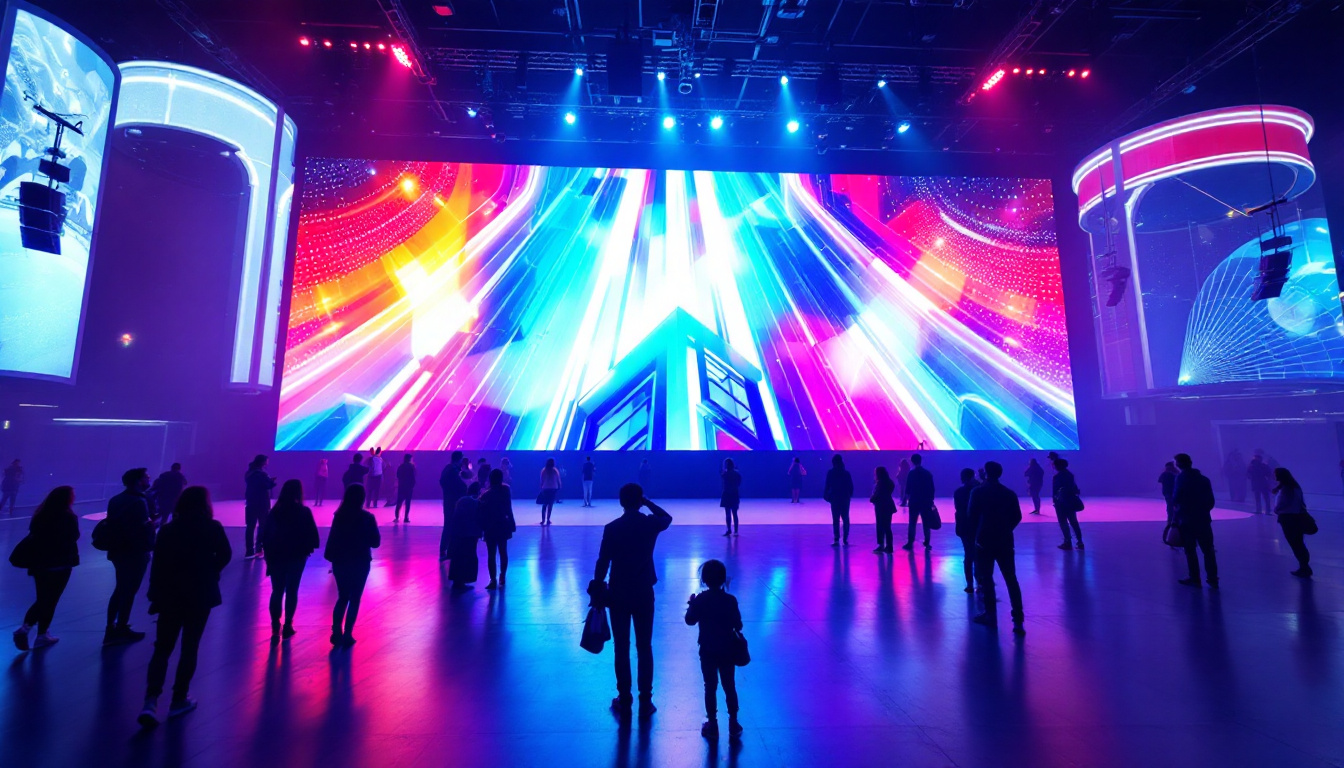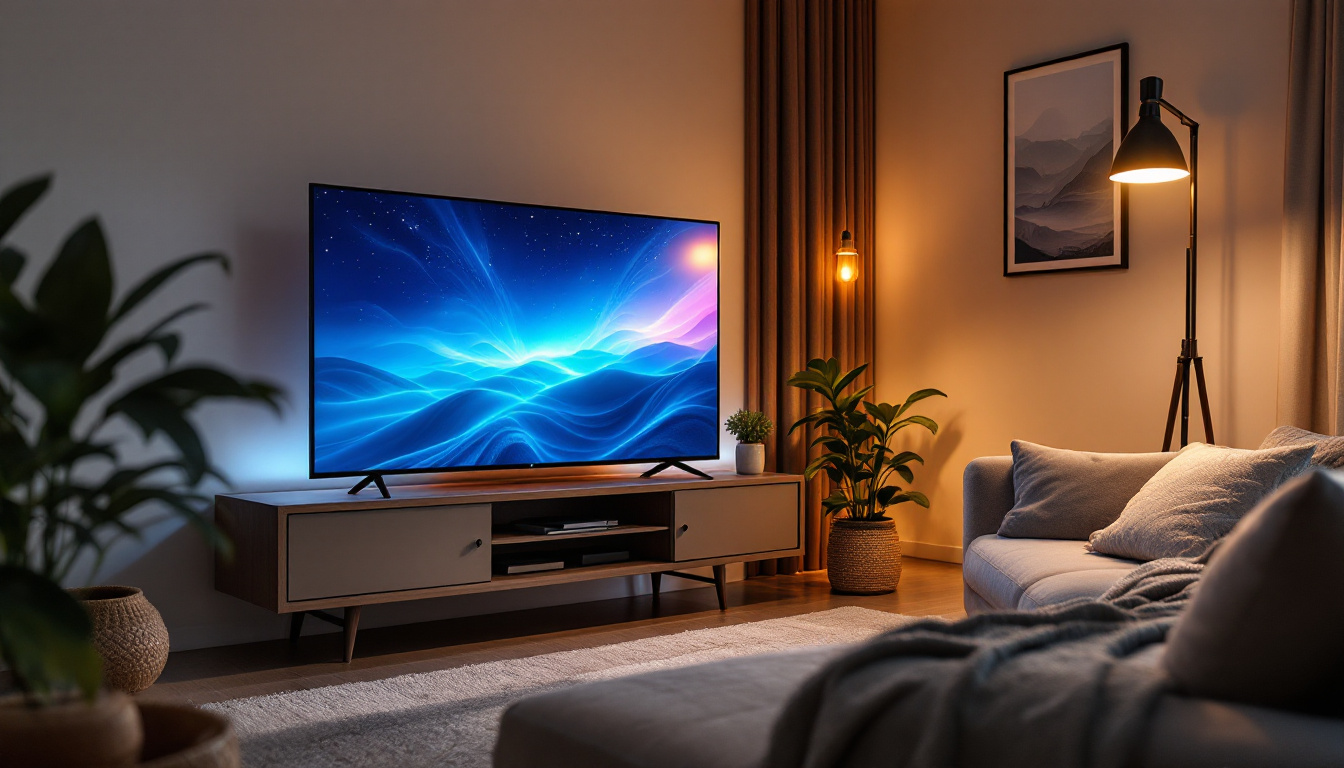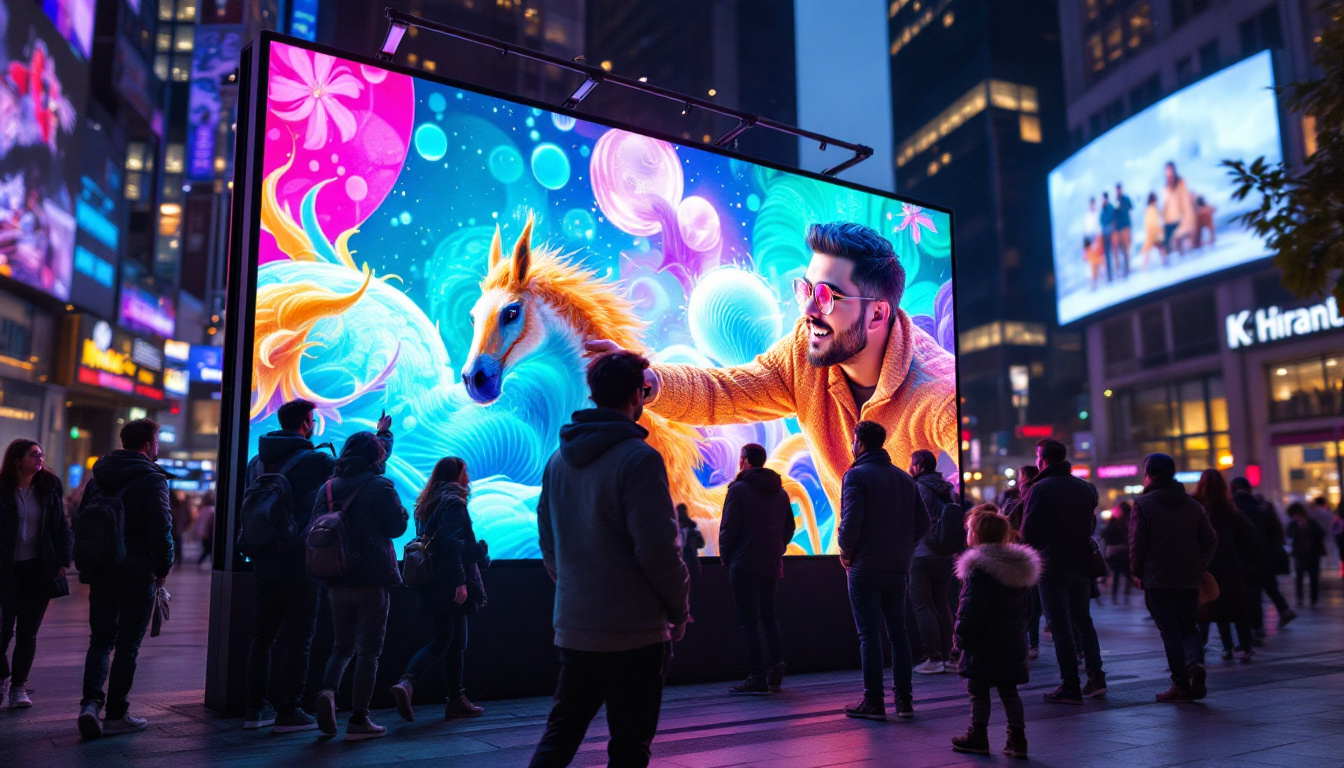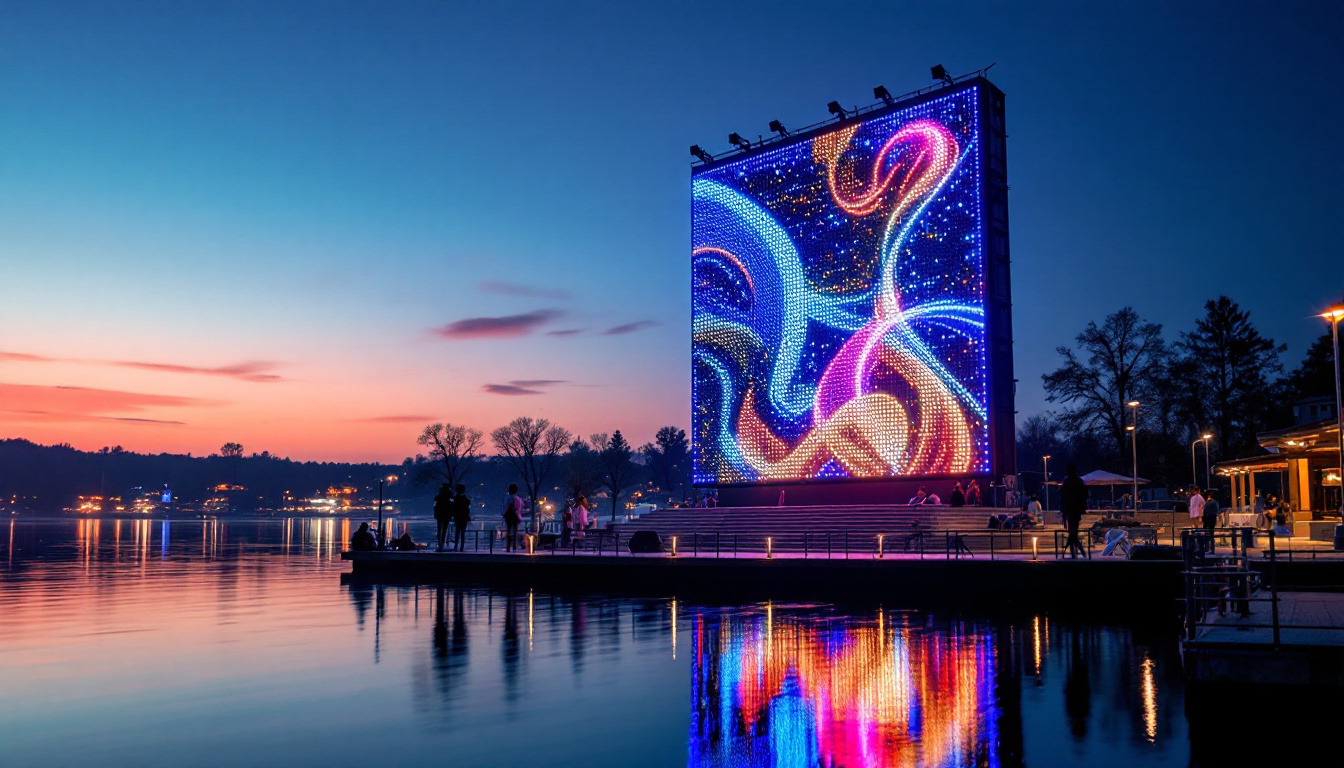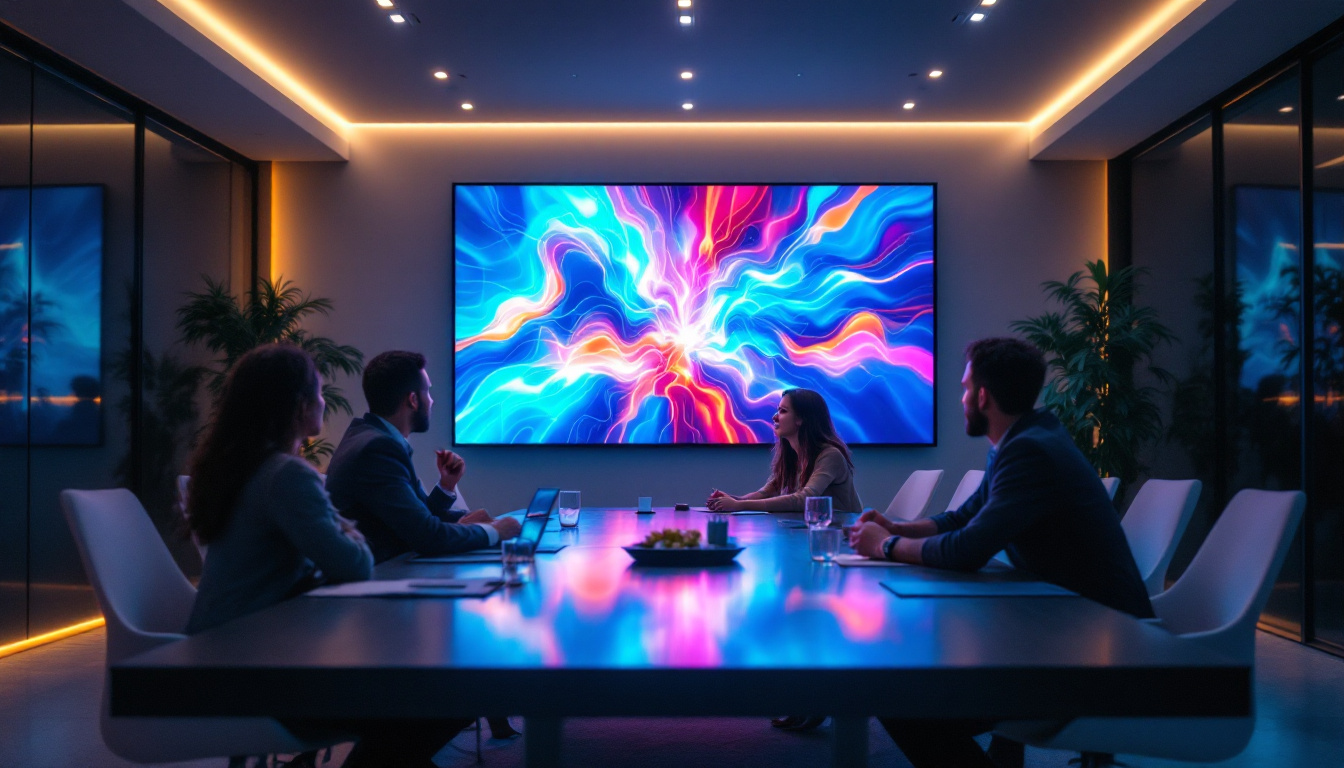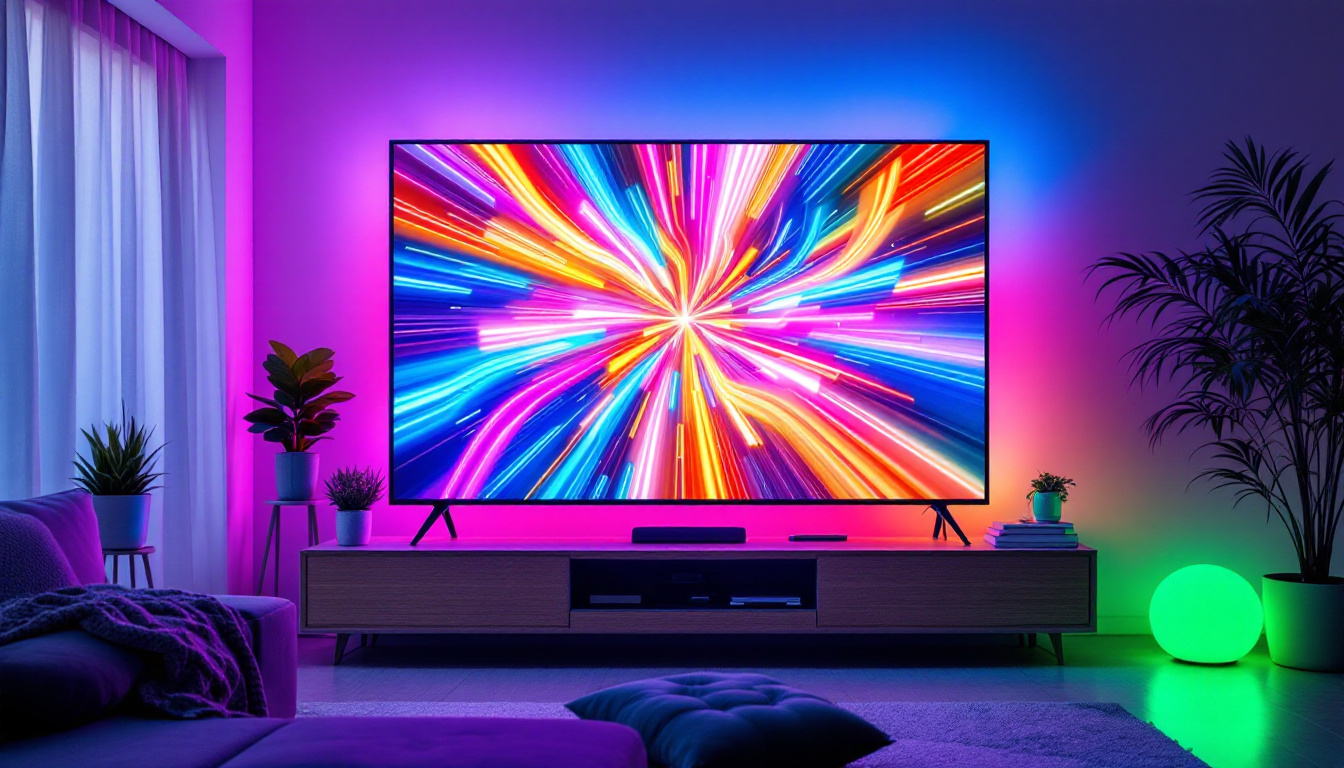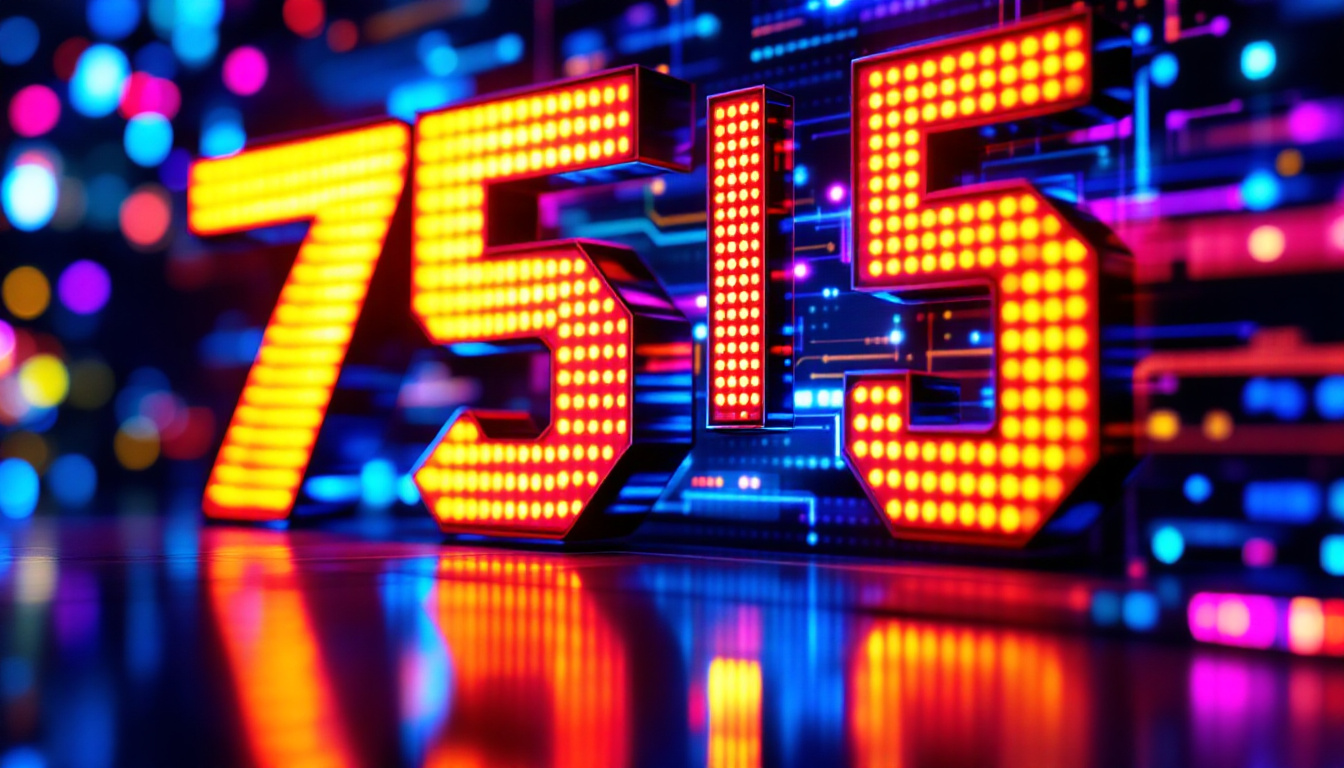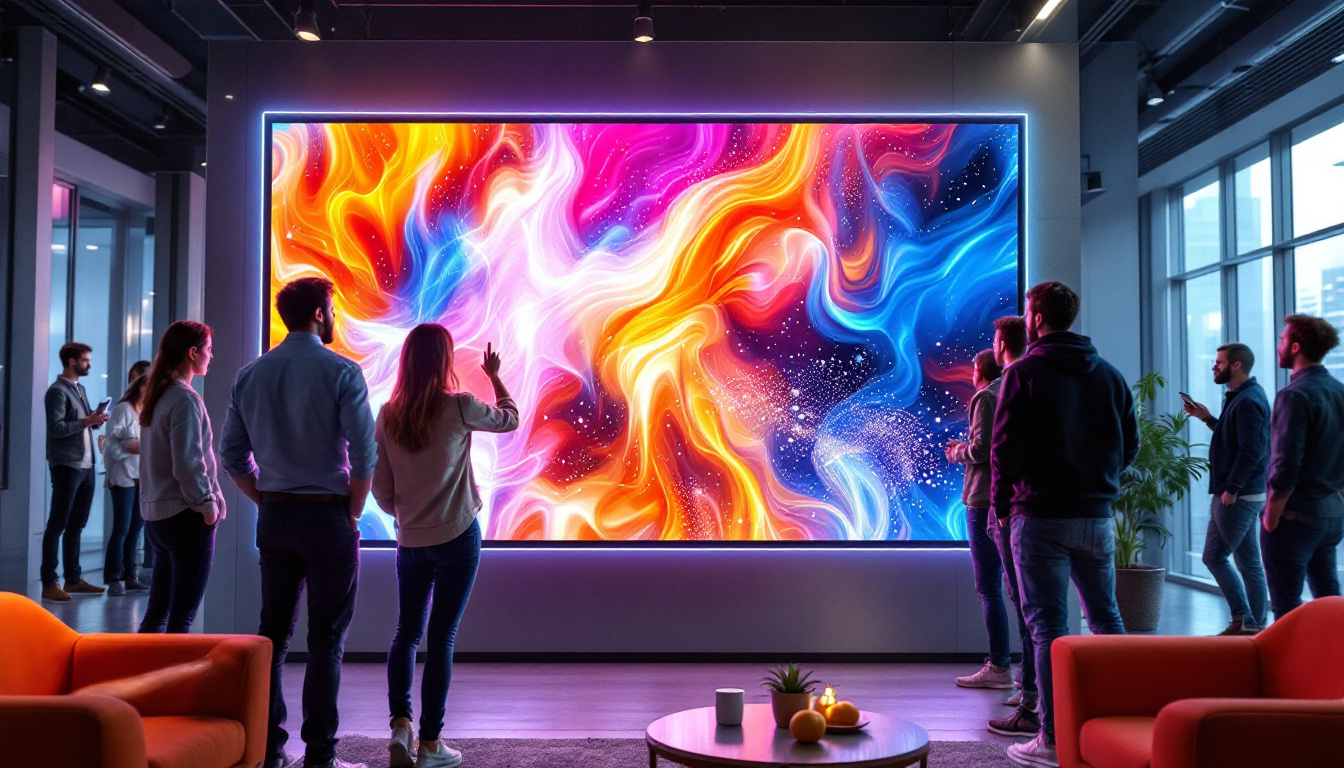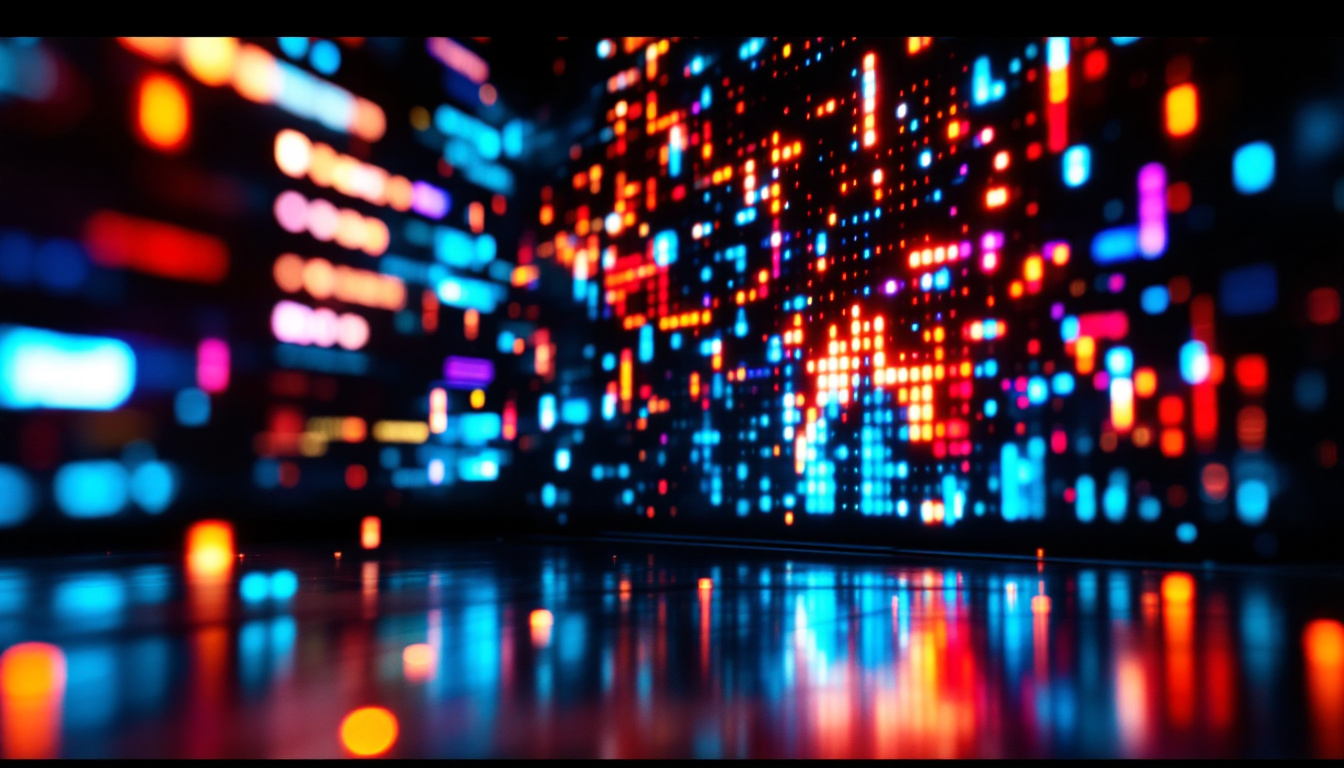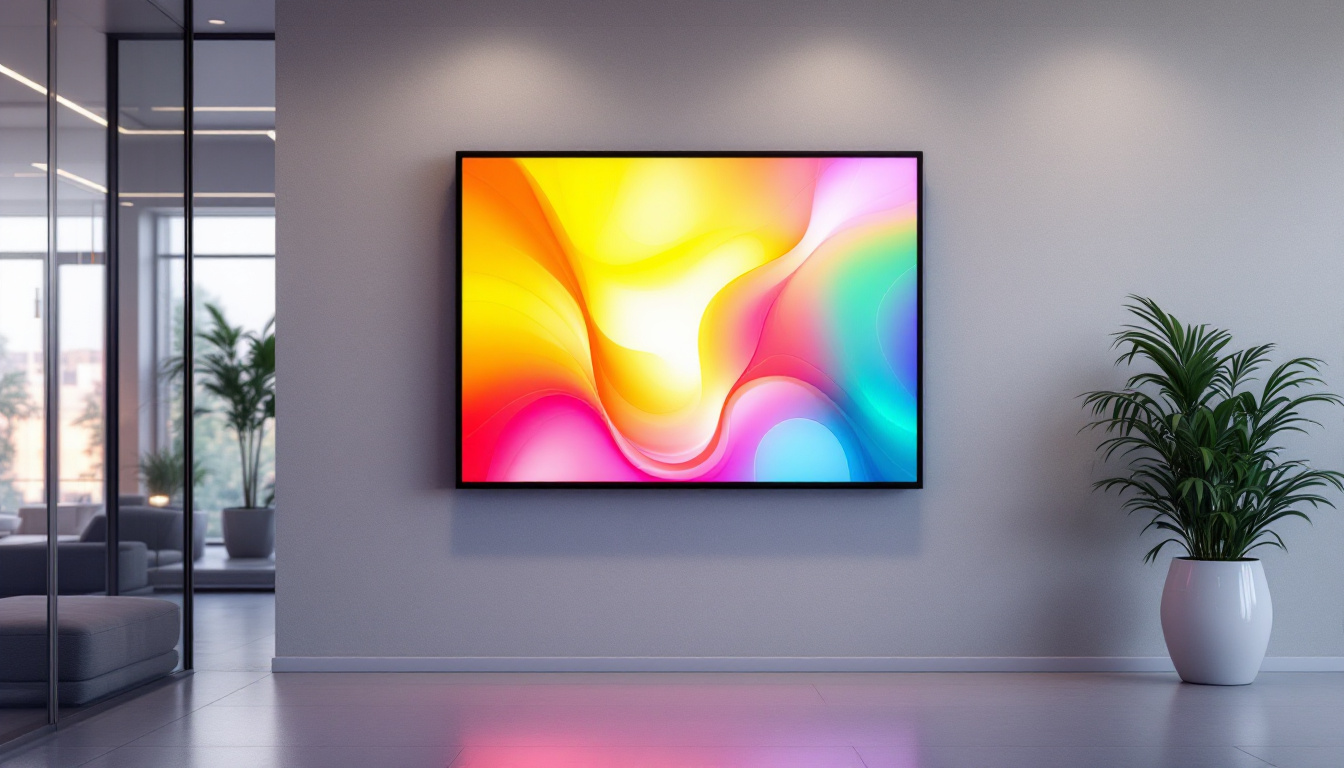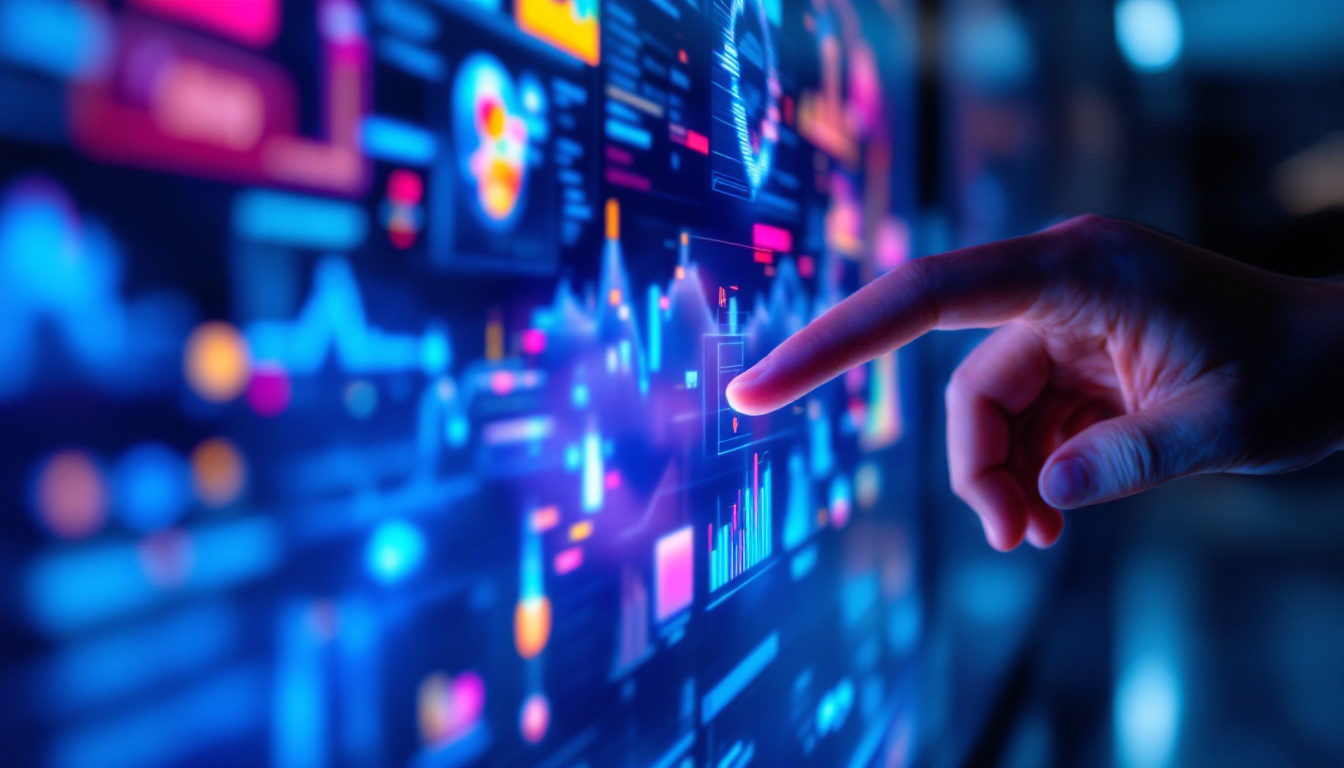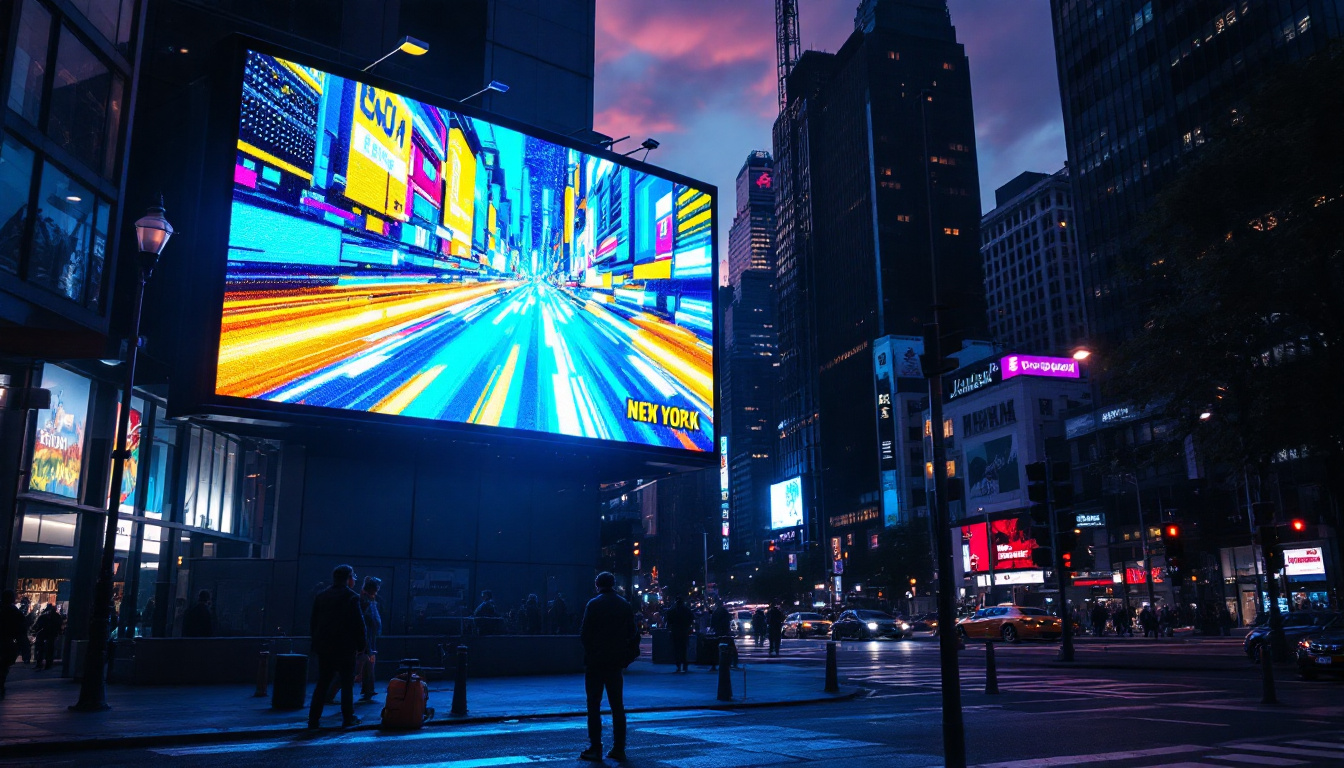As technology continues to evolve, the use of LED displays in outdoor settings has become increasingly prevalent. The Outside 2024 event showcases a variety of innovative uses for LED technology, providing an opportunity to explore how these displays enhance visual experiences. This article delves into the intricacies of LED displays, their applications, benefits, and the future of outdoor video technology.
Understanding LED Displays
LED (Light Emitting Diode) displays are a popular choice for outdoor video presentations due to their brightness, energy efficiency, and versatility. Unlike traditional LCD screens, LED displays utilize thousands of tiny diodes to create vivid images and videos, making them ideal for various outdoor environments. Their ability to maintain clarity and vibrancy even in direct sunlight sets them apart, allowing advertisers and event organizers to capture the attention of passersby effectively.
How LED Displays Work
At the core of LED technology is the principle of electroluminescence, where a semiconductor emits light when an electric current passes through it. Each pixel in an LED display consists of red, green, and blue diodes, which combine to produce a full spectrum of colors. This RGB configuration allows for high-resolution images and videos, even in bright sunlight. The technology behind LED displays also includes advanced processing capabilities that enhance image quality, ensuring that colors remain true to life and motion appears smooth and fluid.
Moreover, LED displays can be configured in various shapes and sizes, from large billboards to smaller screens for events. The modular design enables easy installation and maintenance, making them a preferred choice for outdoor applications. Additionally, many LED displays come equipped with smart technology that allows for remote management and real-time content updates, making it easier for businesses to adapt their messaging to changing conditions or promotional needs.
Types of LED Displays
There are several types of LED displays, each designed for specific applications. The most common types include:
- Direct View LED: These displays are made up of individual LED modules that are assembled to form a larger screen. They are often used for large outdoor billboards and digital signage.
- LED Video Walls: Composed of multiple LED panels, video walls create a seamless display that can show high-definition videos and graphics. They are commonly used in concerts, sporting events, and exhibitions.
- Transparent LED: This innovative technology allows for displays that can be seen through, making them ideal for storefronts and architectural applications. They provide visual content without obstructing views.
In addition to these common types, there are also specialized LED displays designed for unique environments. For instance, outdoor LED displays are often built to withstand harsh weather conditions, featuring waterproof and dustproof casings. Furthermore, indoor LED displays are optimized for lower brightness levels and finer pixel pitches, making them suitable for close viewing in venues such as theaters and conference rooms. The versatility of LED technology continues to evolve, with ongoing advancements leading to even more innovative applications across various industries.
Applications of LED Displays
LED displays have a wide range of applications across various industries. Their adaptability and visual impact make them suitable for numerous environments, enhancing communication and engagement.
Advertising and Marketing
One of the most significant uses of LED displays is in advertising. Brands leverage the vibrant colors and dynamic content capabilities of LED screens to capture the attention of potential customers. Outdoor advertising campaigns often feature large LED billboards that can display everything from static images to animated videos, creating a more engaging experience.
Moreover, the ability to change content in real-time allows advertisers to tailor their messages based on the time of day, current events, or audience demographics. This flexibility not only maximizes reach but also increases the effectiveness of marketing efforts. For instance, during major sporting events, brands can capitalize on the heightened visibility by showcasing promotions or product launches that resonate with the audience’s interests, thus driving engagement and sales.
Events and Entertainment
In the realm of events and entertainment, LED displays play a crucial role in enhancing the audience experience. Concerts, festivals, and sporting events utilize large LED screens to broadcast live performances, highlight key moments, and engage attendees. The high brightness and contrast ratios of LED displays ensure that visuals remain clear and vibrant, even in outdoor settings.
Additionally, LED technology allows for creative stage designs, where screens can be integrated into the set to create immersive environments. This versatility contributes to a more memorable experience for audiences and performers alike. For example, at music festivals, LED walls can be programmed to sync with the rhythm of the music, creating a captivating visual spectacle that elevates the overall atmosphere. Furthermore, the use of LED displays for live streaming events enables fans who cannot attend in person to participate virtually, expanding the reach of the event.
Information and Wayfinding
LED displays are increasingly being used for informational purposes in public spaces. Airports, train stations, and shopping malls utilize LED screens to provide travelers with real-time updates on schedules, directions, and other important information. The clarity and brightness of LED displays ensure that messages are easily readable from a distance, enhancing navigation and communication in busy environments.
Furthermore, these displays can be programmed to show multiple languages, catering to a diverse audience and improving accessibility for all users. In addition to language options, LED displays can also incorporate interactive elements, such as touchscreens, allowing users to access detailed information or find specific locations within a facility. This interactivity not only streamlines the flow of information but also empowers users to engage with their surroundings more effectively, making their experience smoother and more enjoyable.
Benefits of LED Displays
The advantages of using LED displays in outdoor settings are numerous. Their unique features offer benefits that traditional display technologies simply cannot match.
Energy Efficiency
One of the standout benefits of LED technology is its energy efficiency. LED displays consume significantly less power compared to traditional lighting solutions, such as incandescent or fluorescent bulbs. This not only reduces operational costs but also minimizes the environmental impact, making LED displays a sustainable choice for outdoor applications.
Durability and Longevity
LED displays are built to withstand harsh outdoor conditions, including extreme temperatures, rain, and UV exposure. Their robust construction ensures that they can operate effectively in various environments without compromising performance. Additionally, LED technology has a long lifespan, often exceeding 100,000 hours, which reduces the need for frequent replacements and maintenance.
High Visibility and Clarity
Outdoor environments often present challenges for visibility, especially in bright sunlight. However, LED displays are designed to be exceptionally bright, ensuring that content remains visible even in direct sunlight. The high contrast ratios and vibrant colors contribute to clear, eye-catching visuals that can be seen from great distances.
Challenges and Considerations
While LED displays offer numerous benefits, there are also challenges and considerations that must be taken into account when implementing this technology in outdoor settings.
Initial Costs
The initial investment for LED displays can be significant, particularly for large-scale installations. Although the long-term savings on energy and maintenance can offset these costs, budgeting for the upfront expense is crucial for organizations considering LED technology.
Content Management
Effective content management is essential for maximizing the impact of LED displays. Organizations must invest in software and systems that allow for easy content updates and scheduling. Additionally, creating engaging and relevant content is key to capturing the audience’s attention and ensuring that messages resonate.
Regulatory Compliance
Outdoor LED displays are often subject to local regulations regarding brightness, placement, and content. It is essential for organizations to familiarize themselves with these regulations to avoid potential fines or legal issues. Working with experienced professionals can help navigate these challenges and ensure compliance.
The Future of Outdoor LED Displays
The future of outdoor LED displays looks promising, with advancements in technology paving the way for even more innovative applications. As the demand for dynamic visual content continues to grow, the development of new features and capabilities is expected to enhance the effectiveness of LED displays in outdoor settings.
Integration with Smart Technology
One of the most exciting trends in LED display technology is the integration with smart technology. As cities become smarter and more connected, LED displays will play a crucial role in disseminating information and engaging with the public. This integration can include real-time data feeds, interactive content, and even augmented reality experiences.
For instance, LED displays could be used to provide real-time traffic updates, weather information, or event notifications, creating a more informed and connected community. This shift towards smart technology will further enhance the value of LED displays in outdoor environments.
Advancements in Resolution and Color Accuracy
As technology progresses, the resolution and color accuracy of LED displays are expected to improve significantly. Higher pixel densities will allow for even more detailed images and videos, making LED displays suitable for a wider range of applications, including art installations and high-end advertising.
Moreover, advancements in color calibration technology will ensure that displays maintain consistent and accurate colors, further enhancing the viewer’s experience.
Eco-Friendly Innovations
With increasing awareness of environmental issues, the LED display industry is also focusing on eco-friendly innovations. This includes the development of recyclable materials, energy-efficient manufacturing processes, and sustainable disposal methods for outdated displays. As consumers and businesses alike prioritize sustainability, these innovations will play a vital role in shaping the future of outdoor LED technology.
Conclusion
Outdoor LED displays have transformed the way information is communicated and experiences are shared. Their versatility, energy efficiency, and visual impact make them an invaluable tool for advertising, events, and public information. As technology continues to advance, the future of LED displays promises even more exciting possibilities, paving the way for innovative applications that enhance our outdoor environments.
Organizations looking to leverage LED technology must carefully consider their specific needs, budget, and regulatory requirements. By doing so, they can harness the power of LED displays to create engaging, dynamic experiences that resonate with audiences and elevate their brand presence.
Discover LumenMatrix LED Display Solutions
Ready to elevate your outdoor visual experience with the latest in LED technology? Look no further than LumenMatrix, a pioneer in crafting LED displays that bring your message to life with unparalleled clarity and vibrancy. Whether you’re in need of an Indoor LED Wall Display, a dynamic Outdoor LED Wall Display, or specialized solutions like Vehicle LED Displays and LED Sports Displays, LumenMatrix has you covered. Embrace the future of visual communication and create unforgettable experiences with our comprehensive range of LED display modules. Check out LumenMatrix LED Display Solutions today and see how we can transform your brand visibility and audience engagement.

